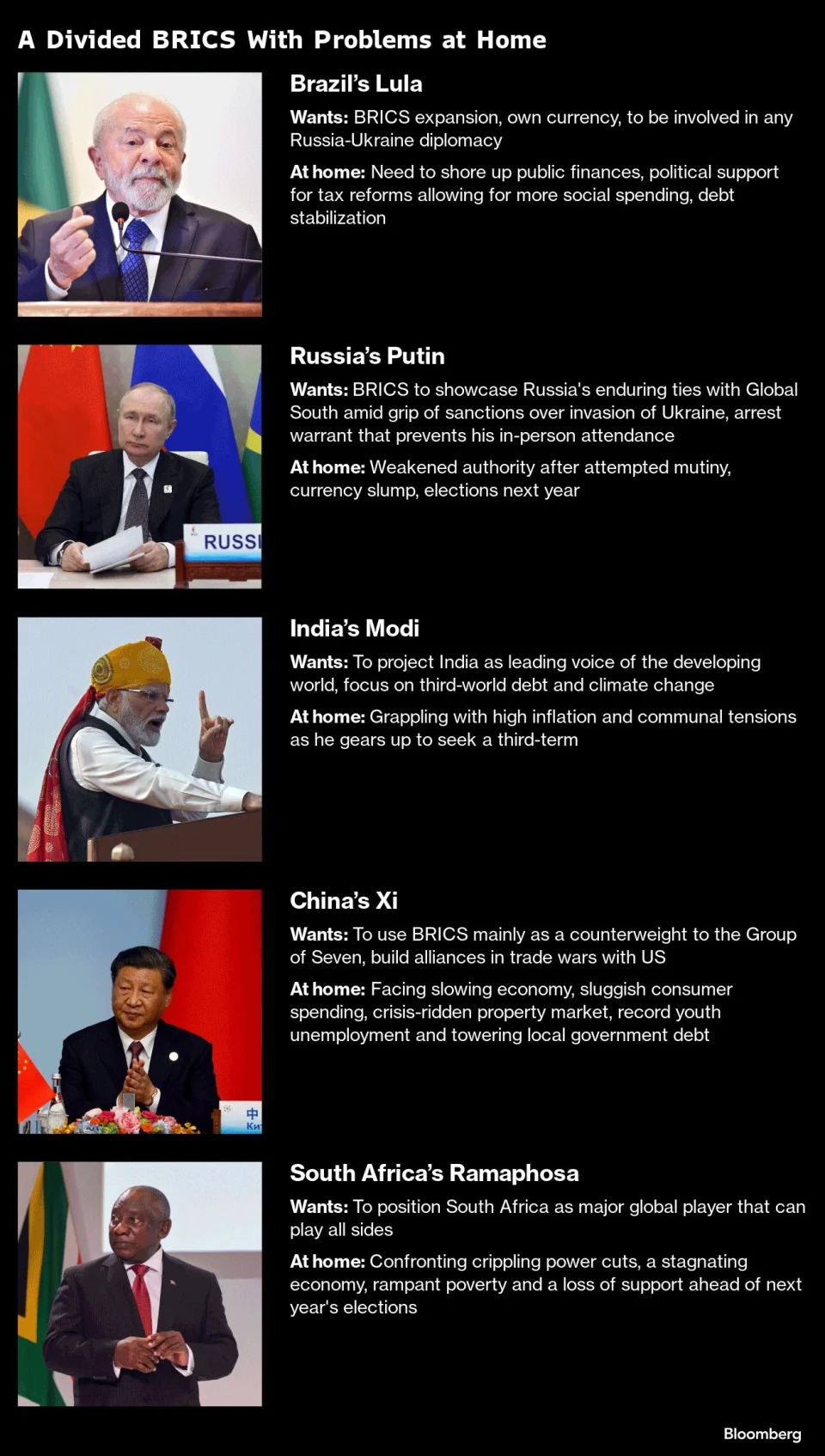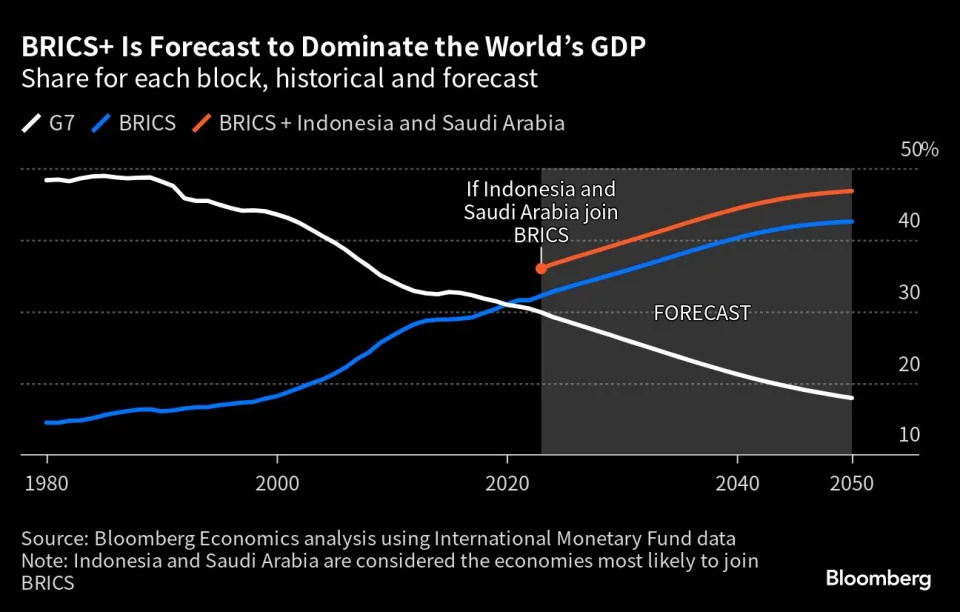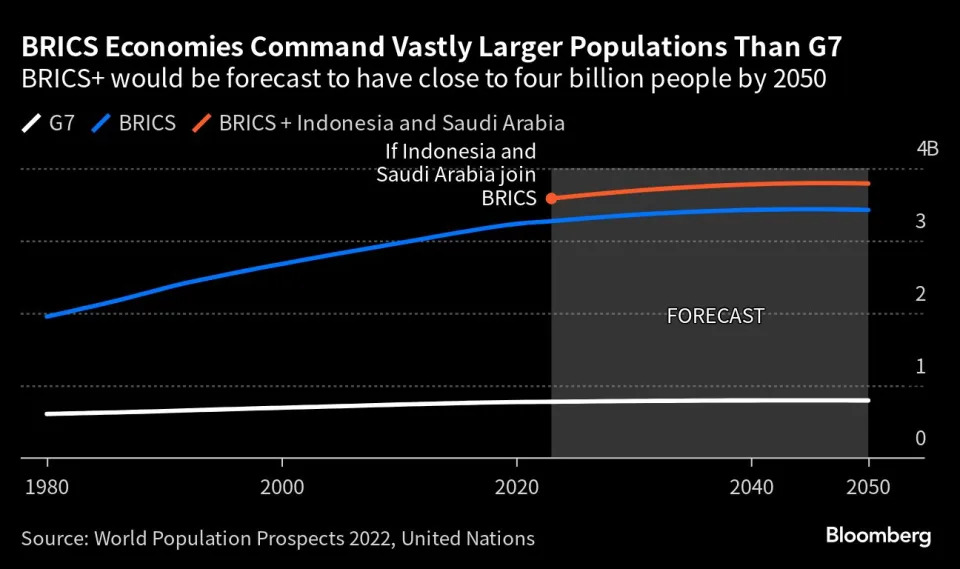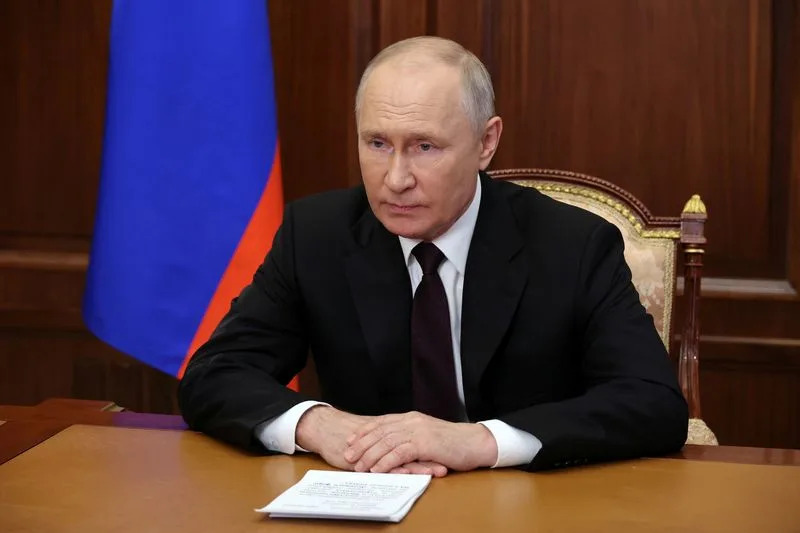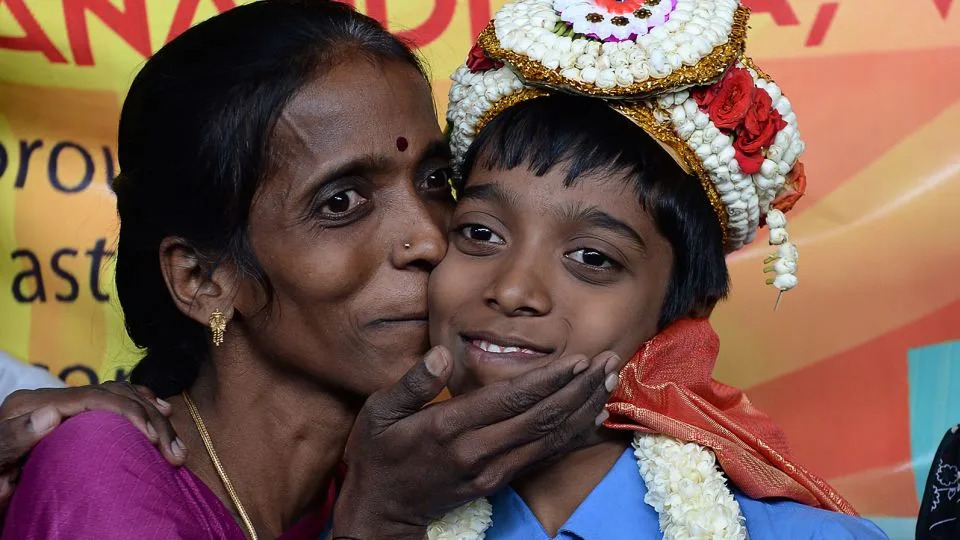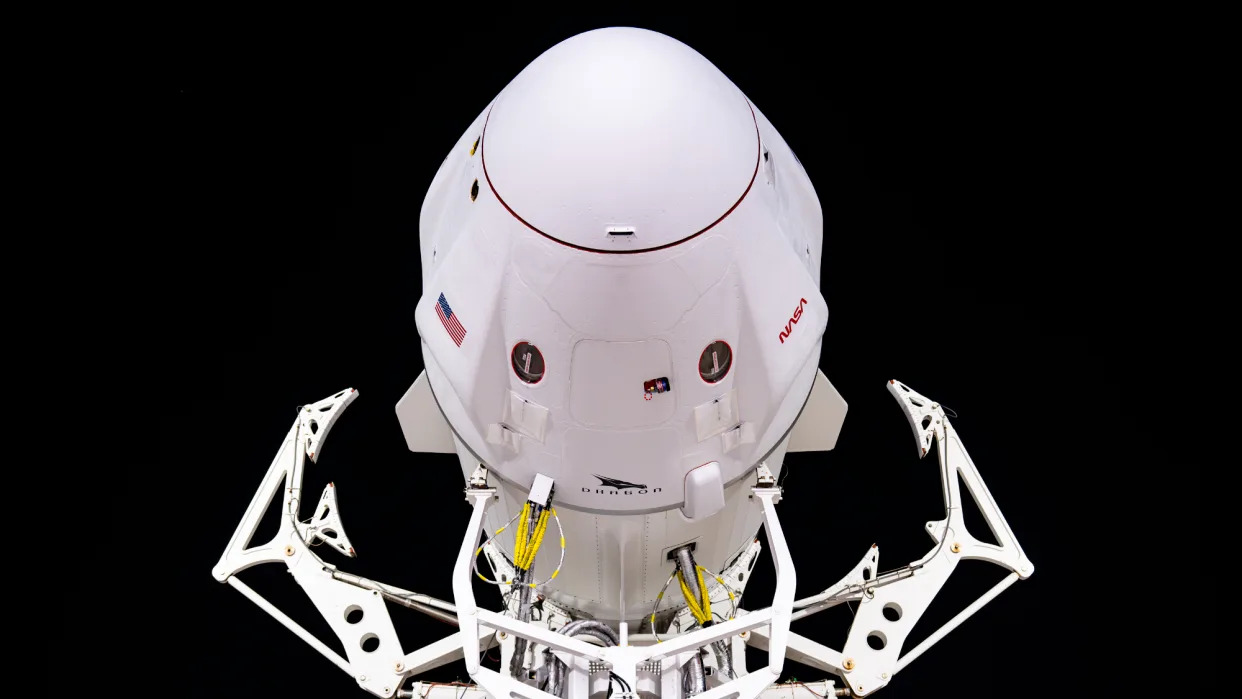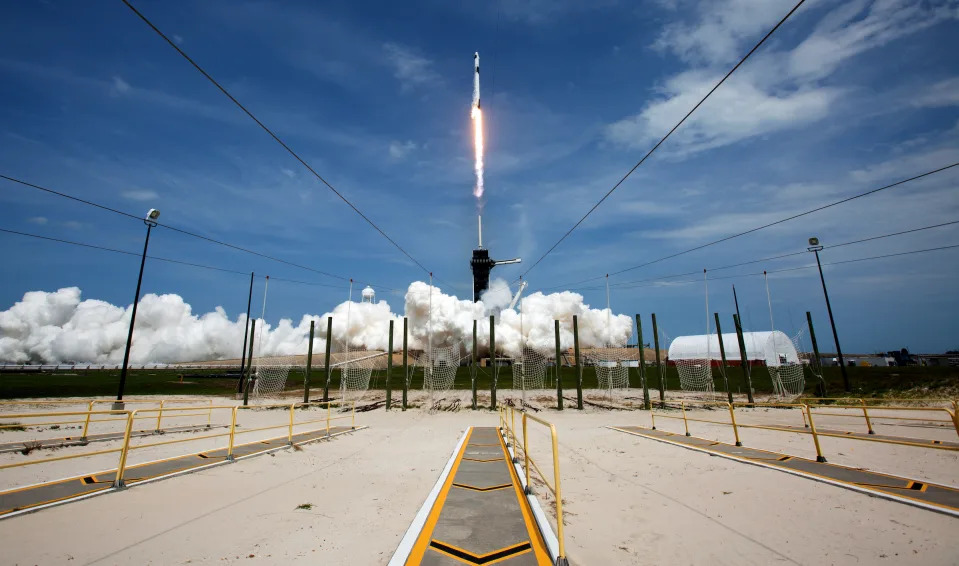On Friday’s (Aug. 18) episode, “REVOLT Black News Weekly” continued to keep folks aware of critical issues affecting Black people across the nation, starting with an update about the six white Mississippi police who brutalized two innocent Black men. “RBN” also examined the case of a 19-year-old Black woman, Noni Battiste-Kosoko, who was taken to jail for a misdemeanor yet did not make it home alive. Another topic addressed was the disturbing trend of attacks on the Black gay and trans community. On a lighter note, the episode also featured Usher, who spoke about his philanthropic endeavors.
The installment started with an update from Rankin County, Mississippi, where six white former officers have been accused of physically and sexually assaulting Michael Jenkins, 32, and Eddie Parker, 35. “No white police officer in the history of the state of Mississippi has ever served jail time or prison time for harming a Black person,” said attorney Malik Shabazz. But the truly bombshell allegation in the $400 million civil suit against the officers, who have all pleaded guilty, is that the racist attack was motivated due to the victims supposedly dating white women. Added Shabazz, “They were clear that they were there and conducting this torture because Jenkins and Parker had allegedly been dating white women. And throughout the course of this two-hour ordeal, they continuously called them n**gers and monkeys. This is a hate crime.”
On the night of Jan. 24, now-ex-deputies Christian Dedmon, Hunter Elward, Brett McAlpin, Jeffrey Middleton and Daniel Opdyke, as well as ex-police officer Joshua Hartfield, some of whom described themselves as the “Goon Squad,” entered Jenkins and Parkers’ home without a warrant. A white neighbor reported the two Black men for “suspicious behavior.” Over the next two hours, the Black men were heinously tortured with waterboarding and tasers. The former officers reportedly tried to sodomize the men with a sex toy and even forced it into Jenkins’ mouth. The night ended with Elward putting his gun in Jenkins’ mouth and pulling the trigger. Fortunately, Jenkins survived his injuries. But while he laid in a pool of blood, the rogue officers gathered on the porch to try and figure out how to cover up their crimes. That reportedly included planting evidence like methamphetamine and a BB gun, which led to initial felony charges against Jenkins and Parker but have since been dropped.
On Aug. 3, each of the former officers pleaded guilty to 16 felonies, including civil rights conspiracy, deprivation of rights under the color of law, and obstruction of justice. On the same day, State Attorney General Lynn Fitch announced her office filed charges of aggravated assault, home invasion, obstruction of justice and more. On Aug. 14, all six defendants pleaded guilty to the state charges, too. They are now facing 80 to 120 years in prison. They will be sentenced in mid-November.
The criminal justice system is particularly dangerous for Black people. In May, 19-year-old Battiste-Kosoko was arrested for an outstanding misdemeanor warrant and placed in the Fulton County Jail system. She died in custody, and her family is seeking answers. Battiste-Kosoko’s loved ones were accompanied by attorneys at a press conference where they pleaded with officials for information. Her mother said her daughter suffered from an unspecified mental health issue and that she was unaware of her arrest until several days later — after she had been reported missing. “We don’t know if she saw any medical professionals or mental health professionals while she was detained at the jail,” said attorney Sho Watson. “We just don’t know. And that’s quite honestly frustrating.”
Battiste-Kosoko was dead less than two months after entering the jail, and there have been no explanations from Fulton County. Allegedly, an autopsy is not ready to be made public. This is just the latest tragedy from the Fulton County Jail, where only days after her death was made public, Christopher Smith, 34, was found unresponsive in his cell and later pronounced dead. These deaths also draw attention to the problematic cash bail system, where pretrial detainees, who often haven’t been convicted of a crime, are only being held because they can’t afford bail. In July, the FBI launched a federal investigation into the Fulton County Jail, but it’s too little, too late for Battiste-Kosoko and other victims. “RBN” took a deep look at the rising crime in jails and the problems the cash-bail system causes like overcrowded facilities and unsanitary conditions.
Last month, a renowned professional dancer and proud gay Black man, O’Shae Sibley, was stabbed and killed in Brooklyn after being confronted by a group of teens for reportedly voguing to a Beyoncé song. “RBN” also discussed the dangers of being Black and queer, and whether or not the Black community is doing enough as far as protection. Let’s not forget the over 520 anti-LGBTQ+ state bills lawmakers have reportedly introduced just this year.
On a lighter note, “RBN” correspondent Kennedy Rue sat down with Usher Raymond for a discussion about mentorship. The R&B vet was recently in Atlanta to support his nonprofit, Usher’s New Look. He is passionate about the program that prepares future leaders from underserved communities. “Mentorship, managing to — pun intended — usher them through high school and then on into the private sector,” said the music icon of one of his nonprofit’s goals. “Any person from any level of business had a mentor… had someone to believe in them.”














